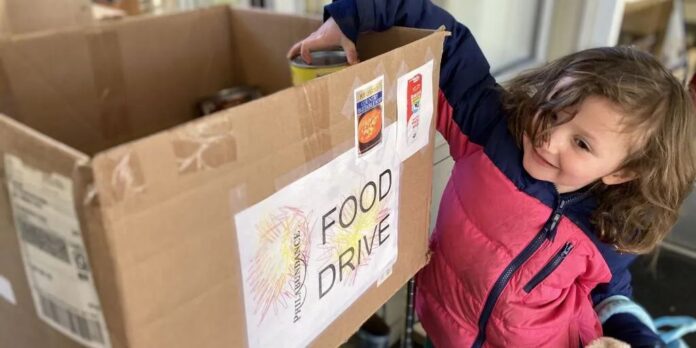In the Greater Philadelphia area, food insecurity is not a distant problem—it affects more than 600,000 people, according to Feeding America. That’s about 10.8% of the population in Philabundance’s service area.
Even more concerning is that a third of those struggling are children. These numbers remind us that hunger doesn’t just happen somewhere else; it’s a reality that affects us all. It’s here, in our neighborhoods, and it requires a community-driven response. One way to make an immediate impact is to donate food to food bank programs that serve families every day.
The Scale of Food Insecurity
When more than half a million people are unsure where their next meal is coming from, the ripple effects extend beyond hunger itself. Children may struggle in school without adequate nutrition. Parents might face difficult choices between paying rent and buying groceries. Seniors living on fixed incomes can be forced to skip meals to afford medication. The issue is not only about food—it’s about health, dignity, and opportunity.
This is why the role of local organizations is so critical. Philabundance acts as both a direct service provider and a central distribution hub. That means food donations don’t just help one family—they help supply a broad network of food pantries, shelters, and community partners across the region.
Why Food Donations Are So Valuable
Restaurants, grocers, and event hosts often have surplus food that, when donated correctly, can be redistributed safely. This transforms what might have gone to waste into a lifeline for people in need.
Another critical factor is stability. Food banks operate most effectively when they can plan ahead. Knowing that donations will be consistent helps them maintain food safety standards and balance supply with demand. That’s why recurring support, whether in food or financial contributions, is so important.
The Power of Predictable Support
Think of it this way: if ten people each gave just one bag of groceries every month, a pantry could count on 120 bags of food each year. That kind of predictable support allows food banks to serve their communities with confidence. Similarly, if individuals choose to make small monthly financial donations, food banks can purchase the specific items that are most needed to fill nutritional gaps.
It’s not only about volume—it’s about timing and reliability. Families face hunger year-round, not just during the holidays. A steady stream of donations ensures that help is available in January, June, and September, not just in December.
Building a Stronger Community Together
Hunger is a challenge too large for any one household to solve, but it’s not too large for a region working together. When neighbors, businesses, and community members regularly donate food to food bank programs, they build a safety net that catches people before they fall too far.
For children, it means being able to focus on learning instead of an empty stomach. For parents, it means one less impossible choice between food and rent. For seniors, it means nutrition that supports health and independence.
The numbers may be daunting—600,000 people facing food insecurity—but they also point to an opportunity. Every bag of food, every box of pasta, every monthly donation adds up to something larger: hope.
If you’re ready to make a lasting impact, consider setting up a monthly gift. Your consistent support allows Philabundance to provide reliable meals to families in need across the Delaware Valley.
For more information about Corporate Gifts and Charity Events Please Visit: Philabundance





